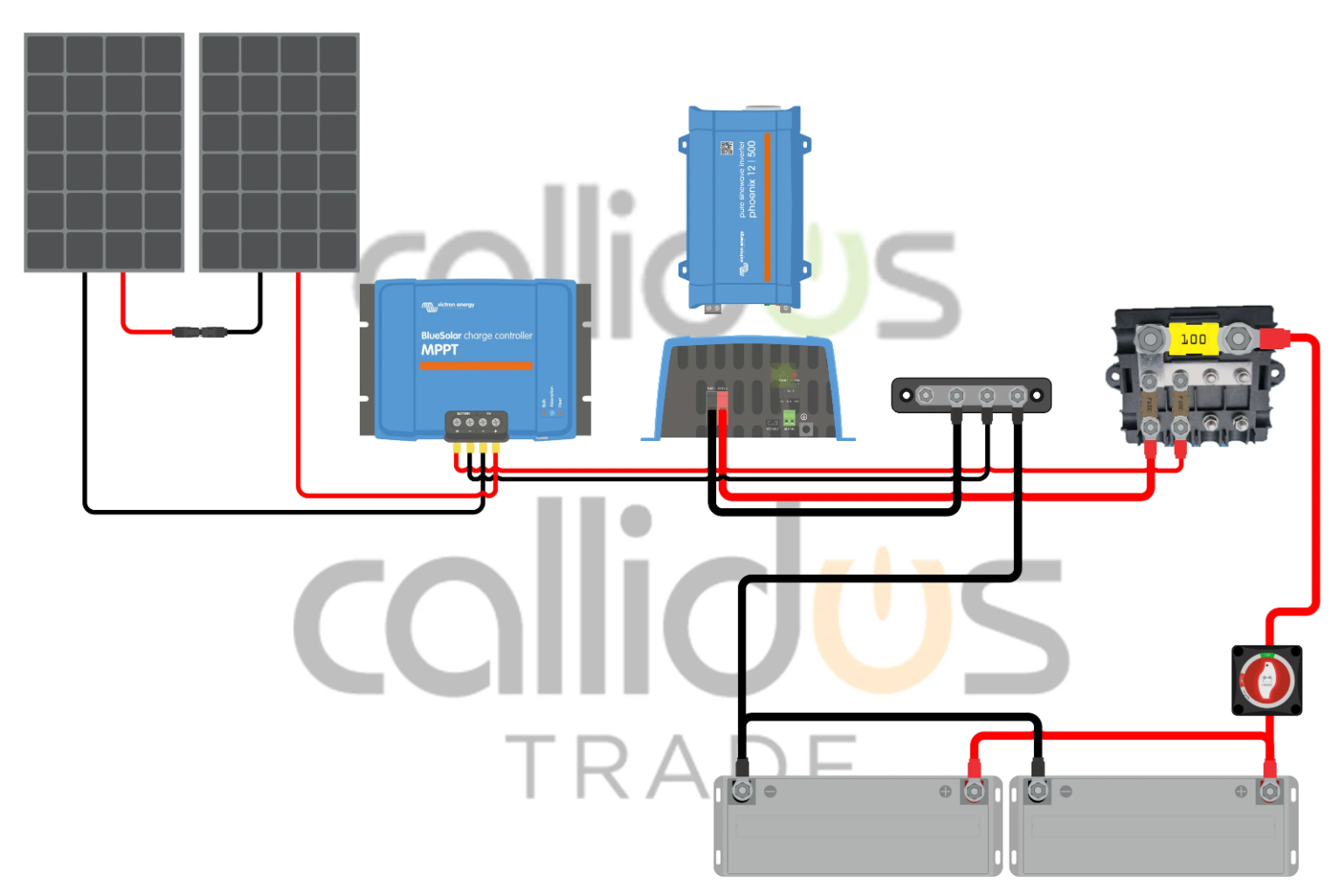Hi Everyone! I'm new here!
I am in the UK and planning to have my cabin log with an off-grid solar system.
I found this one:
https://callidus.shop/products/shed-kit-17-350-watt-of-panels-smart-100-20-mppt-inverter-cable-mounting-cable-gland-200-ah-of-batteries-sh17?variant=41862994100277
I have some safety questions!
1. Is it necessary to install an earth rod for this setup?
2. Should the Victron DC components be grounded? How?
3. Regarding the Phoenix 500VA Inverter, is it safe to connect multiple electrical devices? Is an RCD (or full consumer unit) and an earth rod needed?
Thank you for your help!
Diogo
